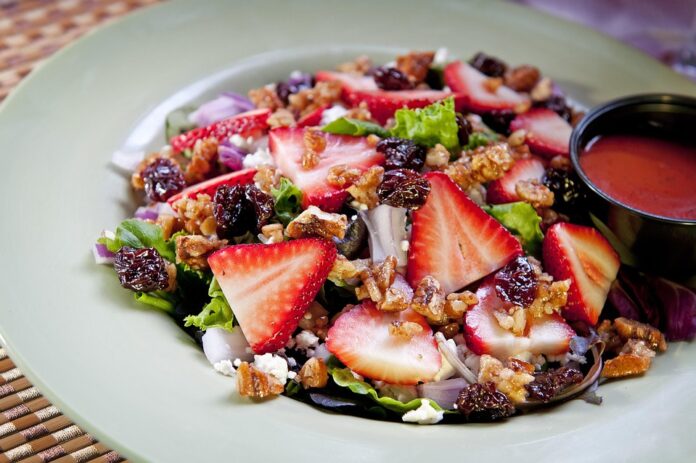Introduction
The COVID-19 pandemic has significantly impacted the fine dining industry, forcing restaurants to adapt to new health and safety guidelines while also facing financial challenges. In this report, we will explore the post-pandemic shifts that have reshaped the fine dining landscape, analyzing how restaurants have navigated these changes and what the future holds for the industry.
Changing Consumer Behavior
Shift to Takeout and Delivery
One of the most notable changes in consumer behavior during the pandemic was the shift towards takeout and delivery services. With dining-in options restricted or limited, many fine dining restaurants had to quickly pivot to offering these options to stay afloat. According to data from the National Restaurant Association, takeout and delivery sales increased by 250% during the height of the pandemic.
Preference for Outdoor Dining
Another trend that emerged during the pandemic was the preference for outdoor dining. Consumers felt safer dining outside where there was better ventilation and more space for social distancing. Fine dining restaurants that were able to offer outdoor seating saw an increase in demand for these options, leading to the creation of new outdoor dining spaces.
Financial Impact
Revenue Losses
The fine dining industry experienced significant revenue losses during the pandemic, with many restaurants forced to shut down temporarily or permanently. According to data from the National Restaurant Association, fine dining sales declined by 70% in 2020 compared to the previous year.
Cost of Compliance
In addition to revenue losses, fine dining restaurants also faced increased costs related to compliance with health and safety guidelines. This included investments in personal protective equipment, sanitation supplies, and training for staff. These additional costs put further strain on already struggling restaurants.
Adaptations and Innovations
Menu Simplification
To streamline operations and reduce costs, many fine dining restaurants opted to simplify their menus during the pandemic. By focusing on core offerings and reducing the number of ingredients needed, restaurants were able to maintain quality while cutting down on waste and overhead.
Virtual Dining Experiences
Some fine dining restaurants turned to virtual dining experiences as a way to engage with customers and generate revenue during the pandemic. This included offering virtual cooking classes, wine tastings, and chef-led dining experiences, allowing customers to enjoy a taste of fine dining from the comfort of their own homes.
Future Outlook
Hybrid Dining Models
As the fine dining industry looks towards recovery, many restaurants are considering hybrid dining models that combine elements of traditional dining with takeout and delivery options. This allows restaurants to reach a wider audience while still maintaining the high standards of quality and service that fine dining is known for.
Sustainability and Local Sourcing
Another trend that is expected to continue post-pandemic is a focus on sustainability and local sourcing. Consumers are increasingly conscious of where their food comes from and are looking for restaurants that prioritize ethical and environmentally friendly practices. Fine dining restaurants that embrace these values are likely to attract a loyal customer base.
In conclusion, the COVID-19 pandemic has brought about significant changes in the fine dining industry, forcing restaurants to adapt to new ways of operating while also facing financial challenges. By embracing innovations, streamlining operations, and focusing on sustainability, fine dining restaurants can navigate the post-pandemic landscape and thrive in the years to come.



